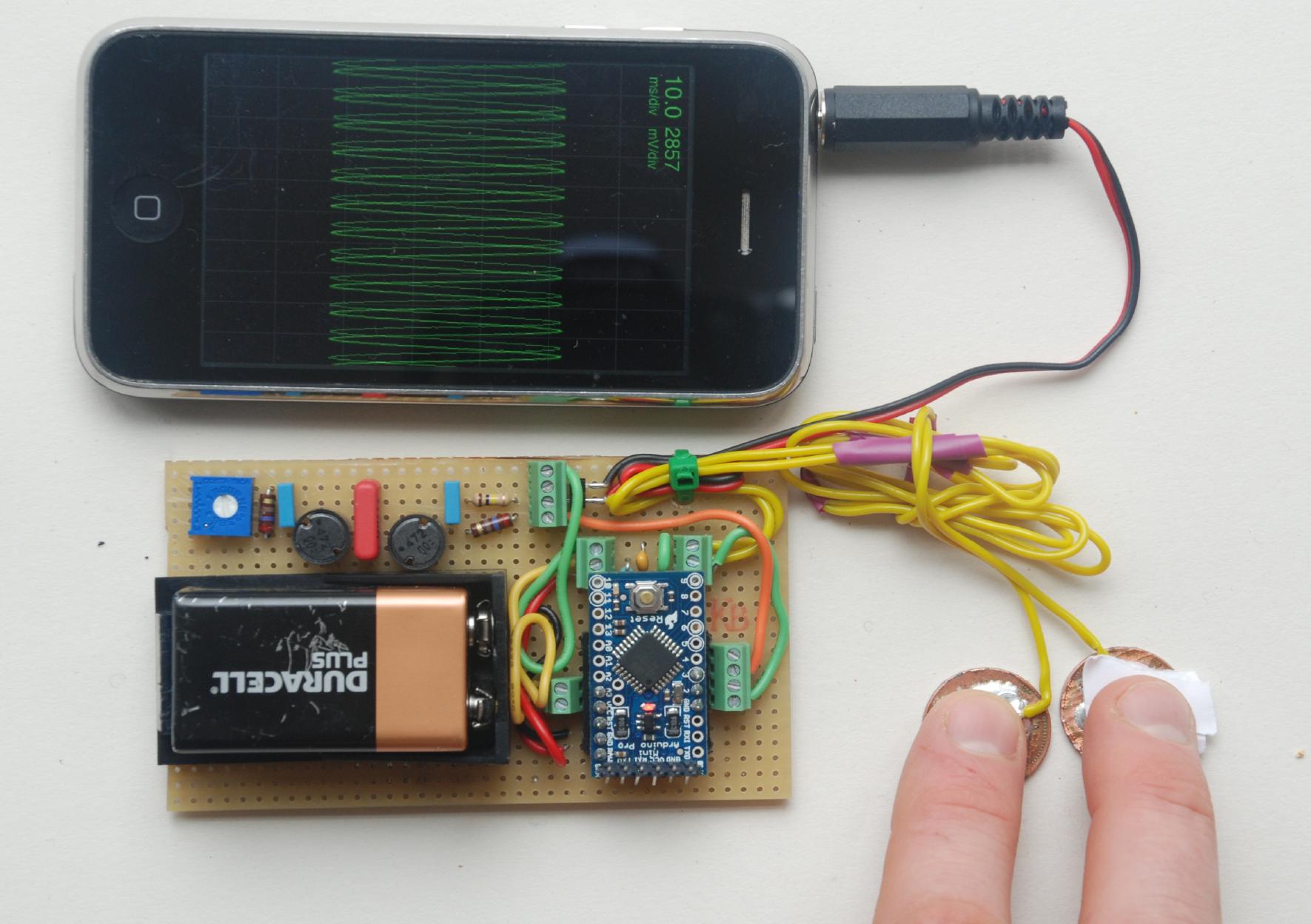The Apple Barrier: An open source interface to the iPhone
Paper download paper (3.2mb)
An exploration of the ongoing process, challenges and approach of integrating open source hardware with the iPhone. The aim of the project was to create software and an accompanying device using Arduino, an open-source electronics prototyping platform based on flexible, easy-to- use well documented hardware and software extensively used by artists.
The iPhone was chosen primarily because of it ubiquitous presence but also because of creative possibilities due to computational power, networking functionality, inbuilt sensors and storage capabilities. However, restrictions and complexities to the way we can interface with those technologies mean many of those possibilities are lost. The ecology of open source tools available to digital artists make highly technical environments accessible to low technology users, yet the closed environment provided by Apple, used by the vast majority of owners, force corporate agenda onto the ways we choose to communicate. Users are actively discouraging from understanding how these tools work, be that through hardware interface, technical language, levels of knowledge or literal licensing restriction. The process of building an interface to these technologies reveals the restrictive mechanisms at play and provides insight into ways they may be challenged or subverted.

Reference
Keene, Tom (2011). The Apple Barrier: An open source interface to the iPhone. In: Dunn, S. with J. Bowen and K. Ng (eds.). EVA London 2011: Electronic Visualisation & the Arts. Proceedings of a conference held in London 6-8 July. BCS, The Chartered Institute for IT, 2011, pp 252-7. http://ewic.bcs.org/content/ConWebDoc/40651.